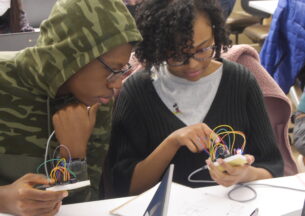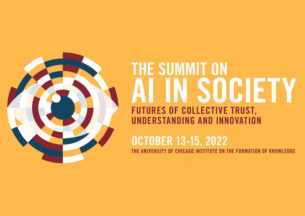Data Load Migration Could Boost Renewable Energy Use, UChicago/UCSB Study Finds
Renewable energy from wind and solar power holds the promise of providing electricity while reducing carbon emissions. But today, that potential is restricted by the modern power grid, which curtails renewable power generation or forces providers to sell electricity at negative prices when production exceeds demand.
For the last several years, UChicago CS Professor Andrew A. Chien has examined this situation through his “Zero-Carbon Cloud” project, asking whether this “stranded power” could help energy-hungry data centers operate more cleanly. In a new paper with Sangwon Suh and Jiajia Zheng of the University of California, Santa Barbara, the team proposes that data load migration — “moving bits, not watts” — could reduce renewable curtailment and cut emissions by hundreds of thousands of tons.
Because moving electricity from areas of surplus to other regions is expensive, the researchers instead propose shifting the load of data centers to grids with excess renewable energy. For example, data centers in Virginia that rely predominantly on electricity produced by coal plants could instead send work to centers on California’s grid, where curtailment of renewables is common practice.
The study found that deploying this data load migration from 2015 to 2019 could have used 600,000 megawatt-hours of curtailed energy from the California grid, reducing the equivalent of 240,000 metric tons of CO2 per year.
“That is equivalent to the greenhouse gas emissions from 600 million miles of driving using average passenger vehicles,” Suh said in a UCSB release. “And, rather than costing money, each ton of CO2 emissions averted by switching power grids would actually provide around $240 in savings due to decreased spending on electricity.”
Chien said that the analysis was encouraging for the vision of the Zero-Carbon Cloud, which he has also explored through proposals to give retired computing equipment a “second life” or co-locate data centers near renewable energy providers.
“The results show that shifting data center loads across grids is not only an economically attractive approach to increasing greening the cloud, it can also increase the utilization of renewable generation in the power grid,” said Chien, the William Eckhardt Distinguished Service Professor of Computer Science and Director of the CERES Center for Unstoppable Computing. “While many approaches are needed, data center load shifting has significant advantages compared to energy sharing across grids (e.g. energy interchange markets) and energy storage (e.g. advanced batteries).”
For more on the study, see the UCSB story, “Moving Bits, Not Watts” or coverage in Science Daily.













